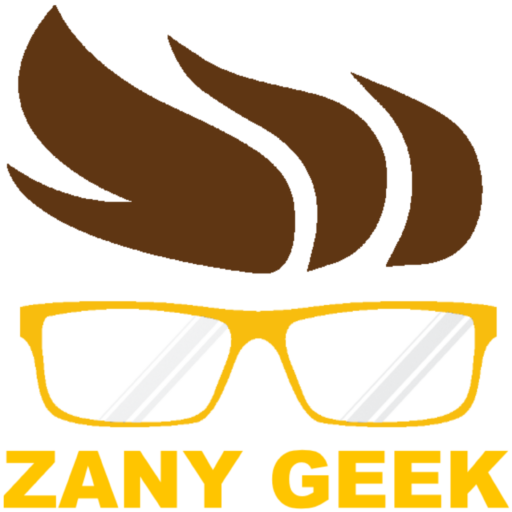
What You Should Know Before Buying a 3-D Printer
3-D printing has quickly become a revolutionary way of making things. With the help of a 3-D printer and its software, it is now possible to create all sorts of objects with intricate details and shapes. As the technology becomes more affordable, it’s possible for artists to include 3-D printing as a tool of their craft. But, before buying a 3-D printer, here are several things you should consider:
Purpose of the 3-D Printer
What is your reason for buying the 3-D printer? Do you want to use it for personal use, prototyping, or for professional use? Depending on your intended use, you may need to consider the printer’s size, printing speed, accuracy, and material compatibility. Do you want an affordable entry-level printer to test your interest in 3-D printing or are you committed to the craft and ready for a higher-end model with more features?
Intended Build Volume
Build volume is the maximum size of the object that can be printed. It’s important to choose a printer with a build volume that can handle the size of the objects you intend to print. If you plan on printing larger objects, you’ll need a printer with a larger build volume. However, components for larger objects can be printed in pieces on smaller 3-D printers and then assembled.
Printing Technology Used by the 3-D Printer
There are various printing technologies available, such as Fused Deposition Modeling (FDM), Stereolithography (SLA), and Digital Light Processing (DLP). Each technology has its advantages and disadvantages, so it’s important to choose the one that best fits your needs.
- Fused Deposition Modeling (FDM): FDM is the most common 3-D printing technology. It involves heating and extruding a thermoplastic material through a small nozzle, which then cools and solidifies to form the desired object. FDM printers are typically affordable, easy to use, and can print with a wide range of materials, including ABS, PLA, PETG, and more.
- Stereolithography (SLA): SLA uses a laser to cure liquid resin into solid layers. The printer has a tank filled with liquid resin, and a build platform that gradually lifts the object out of the resin as each layer is cured by the laser. SLA printers are known for their high accuracy and ability to print intricate details. They can produce smooth surfaces and are ideal for making prototypes or detailed models.
- Digital Light Processing (DLP): DLP is similar to SLA, but instead of a laser, it uses a projector to cure the resin. The projector shines a light onto the resin, curing each layer at once. This makes DLP printers faster than SLA printers. DLP printers are also known for their high accuracy and ability to produce highly detailed objects.
Material Compatibility of the 3-D Printer
Some printers can only print with specific types of materials, while others can print with a wide range of materials, including metal, wood, and flexible materials.
3-D Printing Software Learning Curve
3-D printers and their software can be complex to understand, requiring a lot of time and patience for users to master them. With the right guidance, users can become familiar with the basics of using these tools. There are plenty of online tutorials and resources available that provide step by step instructions on how to use 3-D printers and their software. However, it can be time-consuming to go through and master. If you don’t have the time to put into learning how to use a 3-D printer or its design software, there are services online and locally that offer 3-D design and print services. You can also find many resources online that offer downloads of ready-to-print 3-D models.
Your Budget
Finally, consider your budget. 3-D printers can range from a few hundred dollars to tens of thousands of dollars. Determine how much you’re willing to spend and look for a printer that offers the features you need within your budget. Also consider your plans for the printer. If you plan to sell the objects you make with the printer, that can help to offset some of the initial costs.

No responses yet